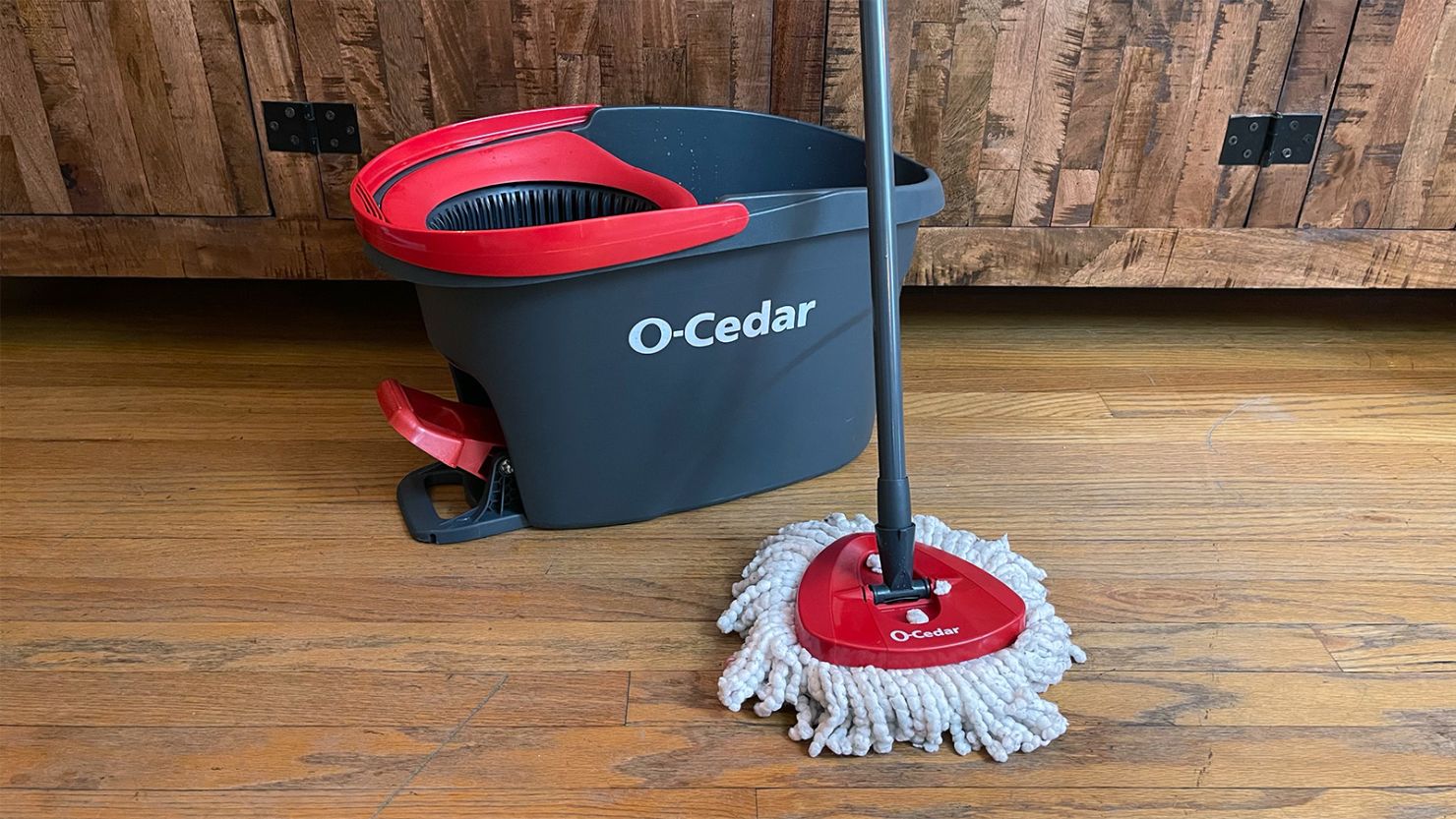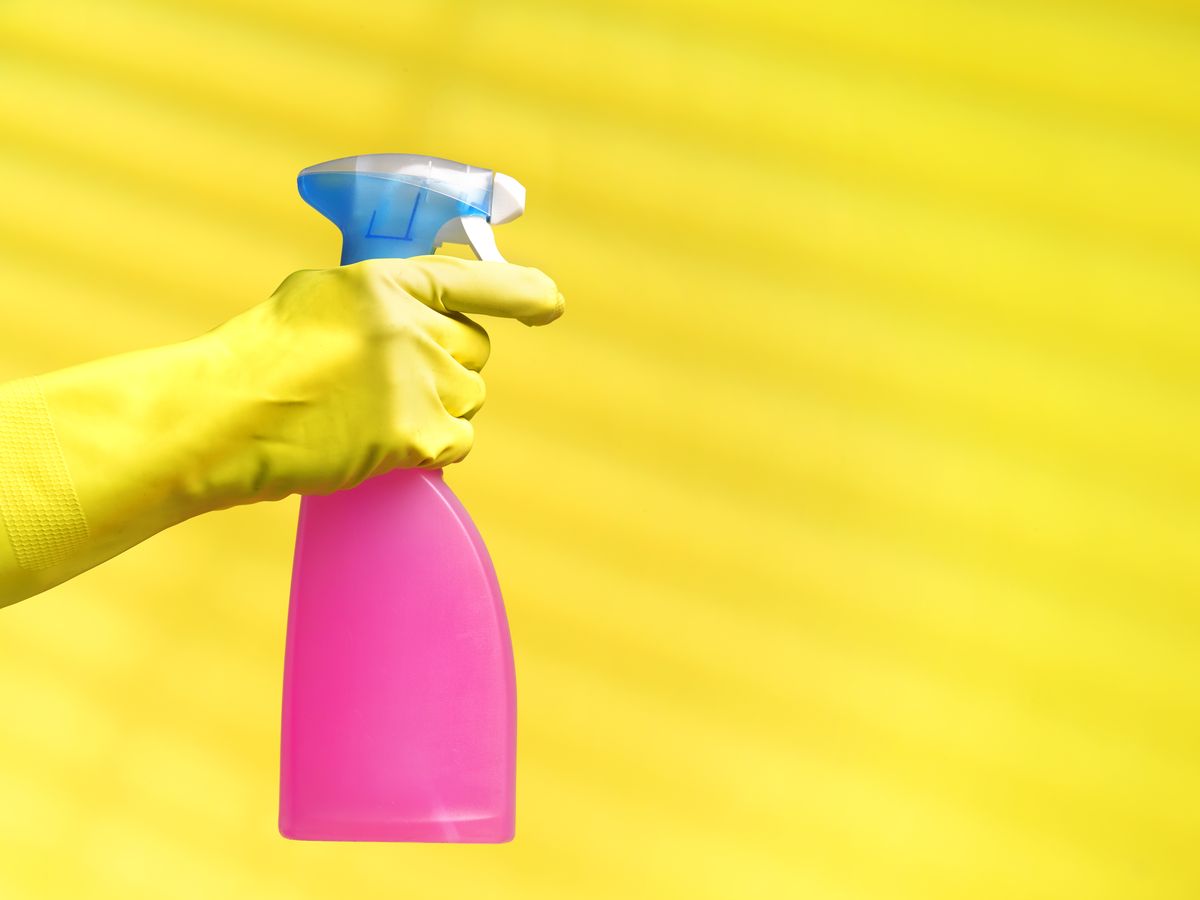Step-by-Step Everyday Cleaning Guide: How to Scrub the Surfaces, Vacuum Carpets, and Clear Out Any Clutter Efficiently
Understanding the Need for Extensively Disinfecting and Disinfecting Frequently Touched Surface Areas in High-Traffic Locations
In the world of public wellness and security, the careful sanitation and sanitization of regularly touched surface areas in high-traffic locations stand as vital steps in avoiding the spread of harmful microorganisms. By checking out the various aspects of surface area disinfection, from the risks associated with disregarding cleaning methods to the reliable approaches that can be used, a clearer understanding arises of the crucial function these methods play in guarding public health and wellness.
Significance of Surface Disinfection
Highlighting the detailed disinfection of high-traffic surface areas is vital in maintaining a sanitary setting and avoiding the spread of harmful virus. High-touch surfaces such as door manages, light buttons, lift buttons, and counter tops offer as reproducing premises for microorganisms and infections. Regular sanitation of these surface areas is vital to reduce the risk of contamination and transmission of health problems.
By implementing a robust disinfection protocol, institutions and organizations can develop a much safer environment for consumers, visitors, and staff members. Appropriate surface disinfection not just reduces the spread of contagious conditions however additionally infuses self-confidence in the cleanliness and safety and security of the properties. This proactive approach shows a dedication to wellness and health, which is specifically important in high-traffic locations where the likelihood of direct exposure to microorganisms is heightened.
Furthermore, surface disinfection plays a vital function in overall infection control approaches. Incorporated with hand health techniques, using masks, and preserving physical distancing, complete sanitation of high-touch surfaces forms a thorough protection versus the transmission of damaging microbes. Prioritizing surface disinfection is a necessary component of an all natural approach to health and wellness in shared spaces.
Threats of Ignoring Cleansing Practices
Neglecting extensive disinfection of high-traffic surface areas considerably heightens the threat of bacterial and viral contamination, positioning a serious danger to the wellness and safety of people frequenting these spaces. Failing to carry out correct cleansing techniques can lead to the accumulation and spread of unsafe virus, including viruses and germs, on often touched surface areas such as doorknobs, handrails, lift buttons, and counter tops.

In addition, neglecting the importance of detailed cleaning not only jeopardizes the health of people yet likewise threatens initiatives to keep a hygienic and clean environment. It is important to identify the value of proper disinfection methods in avoiding the spread of infections and safeguarding public wellness.
Reliable Disinfection Techniques
To maintain ideal sanitation and lower the danger of contamination on high-traffic surfaces, employing effective disinfection approaches is vital. One of the most typical and effective disinfection methods is using chemical anti-bacterials.
An additional reliable approach is the use of UV-C light. UV-C light has actually been revealed to be effective in killing a large selection of microorganisms by disrupting their DNA structure, therefore stopping them from replicating. It is necessary to make use of UV-C light effectively, guaranteeing that the right strength and direct exposure time are applied to attain the desired sanitation outcomes.
Additionally, using vapor cleansing Bonuses as a disinfection method can be highly effective, specifically on surfaces that are heat-resistant. Steam can permeate permeable surfaces and kill germs, viruses, and various other microorganisms successfully. When making use of heavy steam cleaning, it is necessary to make sure that the surface gets to the needed temperature level for a sufficient quantity of time to assure appropriate disinfection.
Effect On Public Health And Wellness
The maintenance of high standards of tidiness and sanitation on high-traffic surface areas plays an essential role in securing public wellness. Regularly touched surfaces in locations with high footfall, such as doorknobs, handrails, elevator switches, and toilet centers, serve as breeding premises for hazardous microorganisms. Stopping working to effectively sanitize these surfaces can result in the fast spread of contagious conditions within neighborhoods. By implementing extensive disinfection methods, the risk of transmission of infections, bacteria, and other bacteria can be considerably lowered.
In high-traffic areas like airports, colleges, health centers, and public transport systems, the impact of strenuous sanitation procedures can not be downplayed. Focusing on the sanitization of often touched surfaces is a positive approach to advertising public health and boosting the security of individuals in shared spaces.
Applying Routine Cleaning Procedures
Promptly instituting and sticking to a consistent timetable of cleaning procedures is paramount for keeping the tidiness and safety and security of high-traffic surfaces. Routine cleansing procedures are important in protecting against the accumulation of bacteria and microorganisms on regularly touched surface areas, especially in areas with high foot website traffic. By implementing a methodical approach to cleaning, companies can properly decrease the danger of disease transmission and produce a much healthier environment for employees, clients, and the general public.
To establish an efficient cleansing schedule, it is important to recognize high-traffic areas that need regular focus. These areas may include doorknobs, handrails, lift switches, restroom facilities, and shared devices. Executing a regular cleansing routine that targets these surfaces multiple times a day can considerably decrease the spread of dangerous microorganisms and infections.
In addition, utilizing suitable cleaner and anti-bacterials is vital to ensuring that surfaces are completely disinfected. Normal training of cleansing team on correct cleansing techniques and the value of adherence to the cleansing schedule is additionally essential in keeping a sanitary atmosphere. By focusing on constant cleansing procedures, organizations can promote the health and well-being of individuals who interact with these high-traffic surface areas.

Conclusion
To conclude, it is critical to focus on thorough sanitation and sanitization of regularly touched surface areas in high-traffic locations to prevent the spread of unsafe virus and maintain public health. Overlooking appropriate cleaning practices can enhance the danger of contamination and transmission of conditions. By applying normal cleansing procedures and utilizing efficient sanitation techniques, we can produce a much safer atmosphere for everyone (Scrub the Surfaces). It is essential to recognize the significance of keeping tidy surfaces in high-traffic areas to guarantee the well-being of the community.
In the world of public health and wellness and safety, special info the precise disinfection and sanitization of regularly touched surfaces in high-traffic locations stand as paramount measures in protecting against the spread of dangerous microorganisms. By discovering the different elements of surface area disinfection, from the threats associated with disregarding cleaning methods to the effective methods that can be used, a clearer understanding emerges of the essential function these techniques play in protecting public health.Furthermore, using heavy steam cleansing as a disinfection technique can be highly efficient, specifically on surfaces that are heat-resistant. When utilizing vapor cleaning, it is essential to make sure that the surface gets to the called for temperature for an adequate amount of time to assure correct disinfection.
In final thought, it is crucial to focus on extensive sanitation and sanitization of regularly touched surfaces in hop over to here high-traffic areas to protect against the spread of hazardous virus and maintain public health.